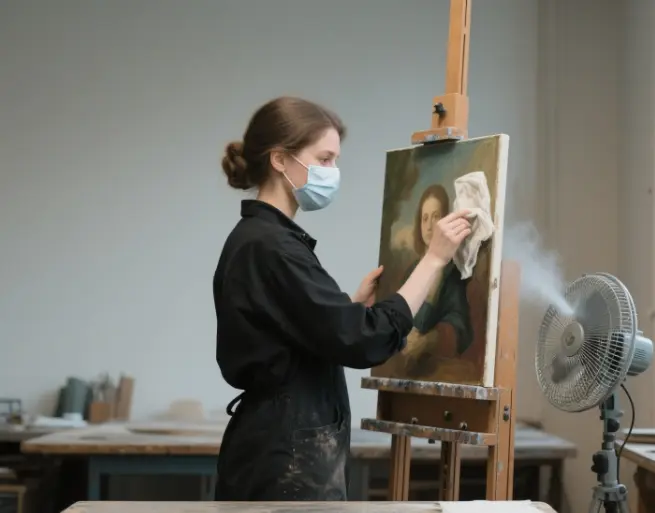acrylic vs oil painting are two common painting mediums, each possessing unique characteristics and expressive effects. Understanding the differences between them will help art enthusiasts choose according to their personal preferences and creative needs.

Pigment composition and characteristics
Acrylic painting: Acrylic resin is used as the base material, and after blending, pigments and additives are added to form acrylic pigment. This kind of pigment has saturated color and the picture has good gloss and brightness.
Oil painting: Use vegetable oil (such as linseed oil, sunflower oil, etc.) as the base material, and modulate it into oil painting pigment. Oil paint is usually dark in color and thick in texture.
Drying Time
Acrylic painting: Paint dries in a short period of time, usually 15-30 minutes. This allows the creator to paint in multiple layers quickly.
OIL PAINTINGS: Due to the nature of oils, oil paints take longer to dry and may take several days or more to fully dry. Therefore, the creative process requires more patience.

Applying and Modifying
Acrylic painting: Paint dries to a plastic texture, allowing for rubbing and modification of the surface and easy adjustment of details.
OIL PAINTINGS: Since the pigments are not completely dry, the surface may be wet and not suitable for frequent rubbing. Care should be taken when making changes to avoid damaging the image.
Usage
Acrylic painting: Can be used directly without adding thinner. Ideal for quick creations and multi-layered painting.
OIL PAINTINGS: Usually requires the addition of drying oils or volatile solvents to regulate the consistency and speed of drying. Often used in a layering technique, where the base color is painted first and then the details are added.

Color Stability
Acrylic paintings: The color remains stable over a long period of time and does not easily fade or change color.
OIL PAINTINGS: Due to the nature of oils, some colors may darken or yellow over time.
Cleaning and Maintenance
Acrylic painting: Tools can be cleaned with water and paint splashes on skin are easy to remove.
OIL PAINTINGS: Specialized solvents (e.g. turpentine) are needed to clean the tools, ventilation is required during operation, and direct contact with the skin should be avoided.
Acrylic painting and oil painting each have their own advantages and characteristics. Acrylic painting is suitable for artists who seek quick creations and bright colors, while oil painting is suitable for creators who prefer traditional techniques and deep tones. The choice of medium should be based on one’s artistic style, creative needs and familiarity with the material.




